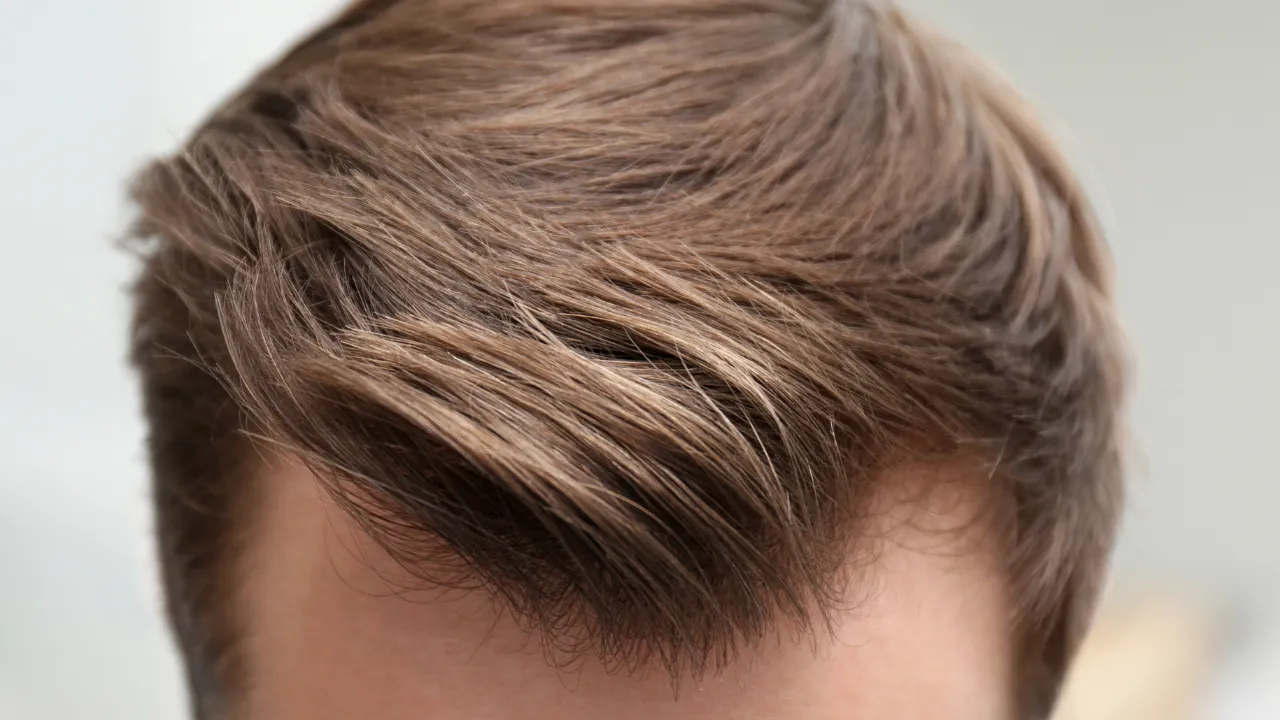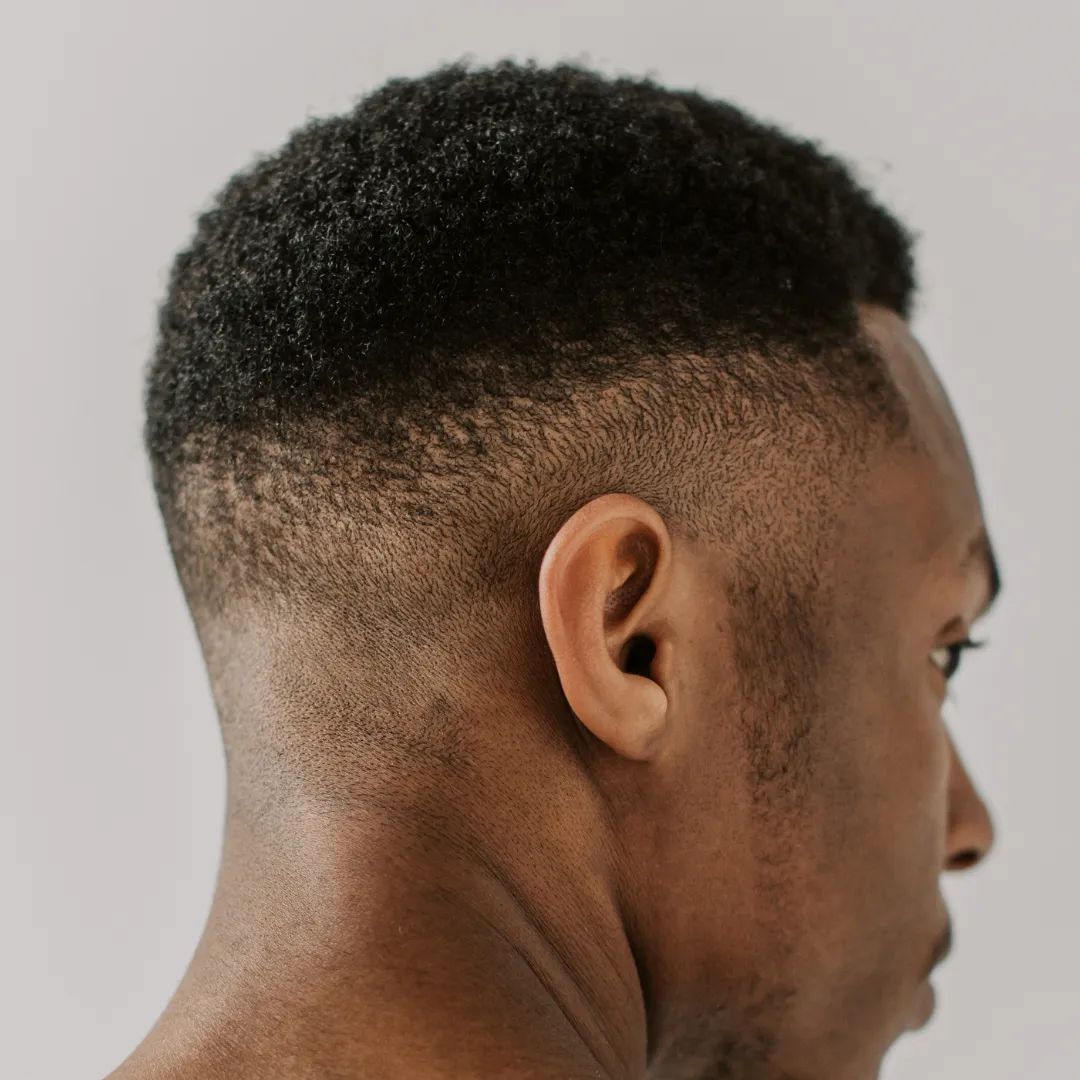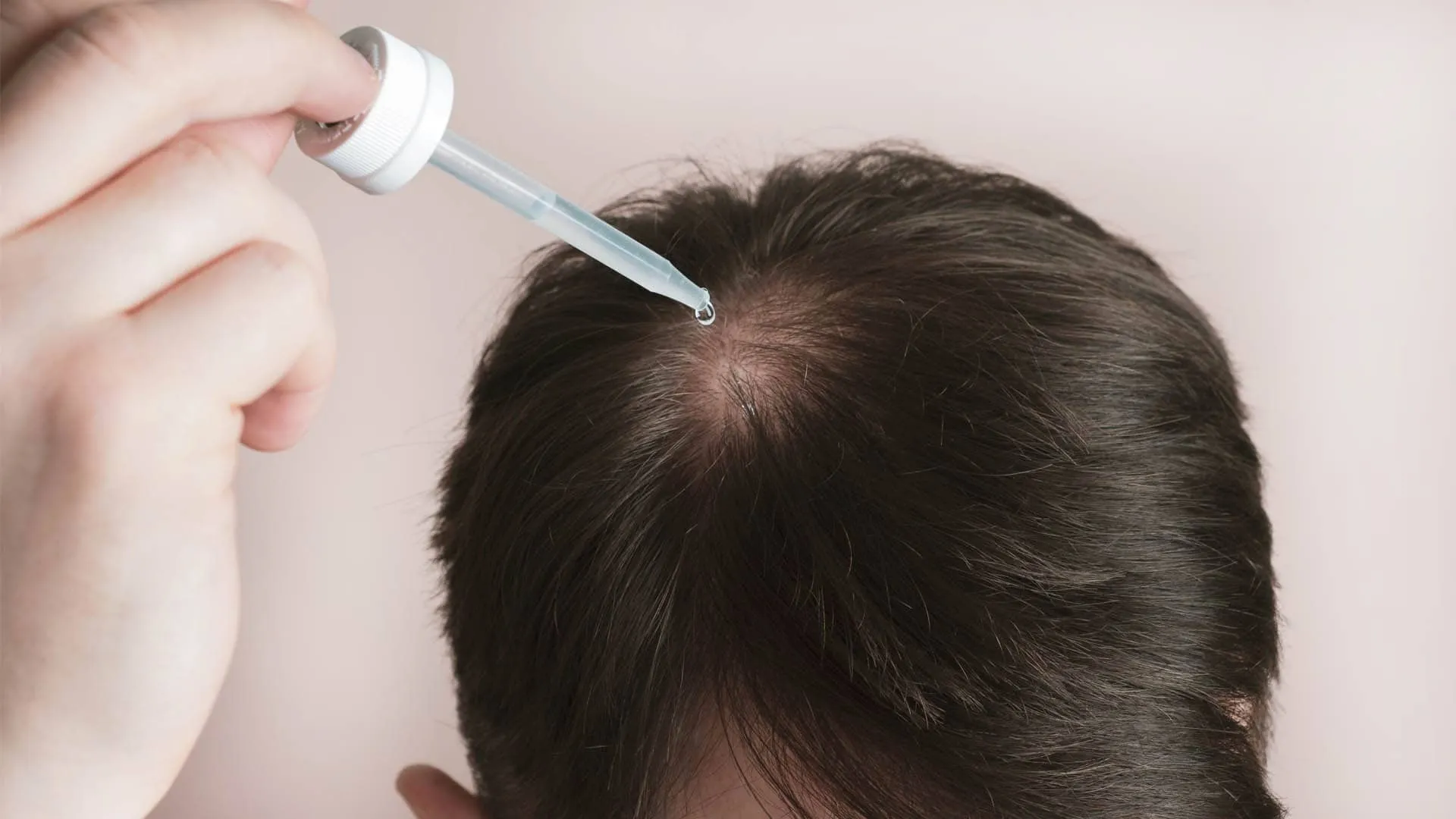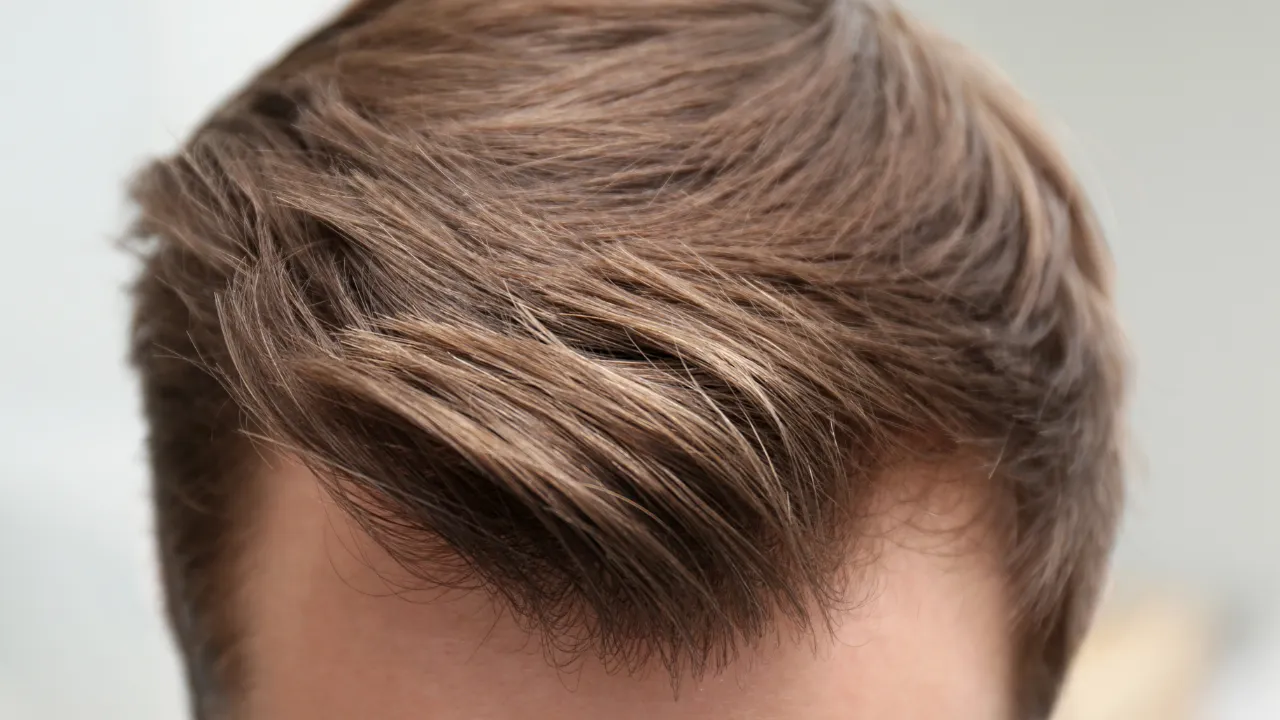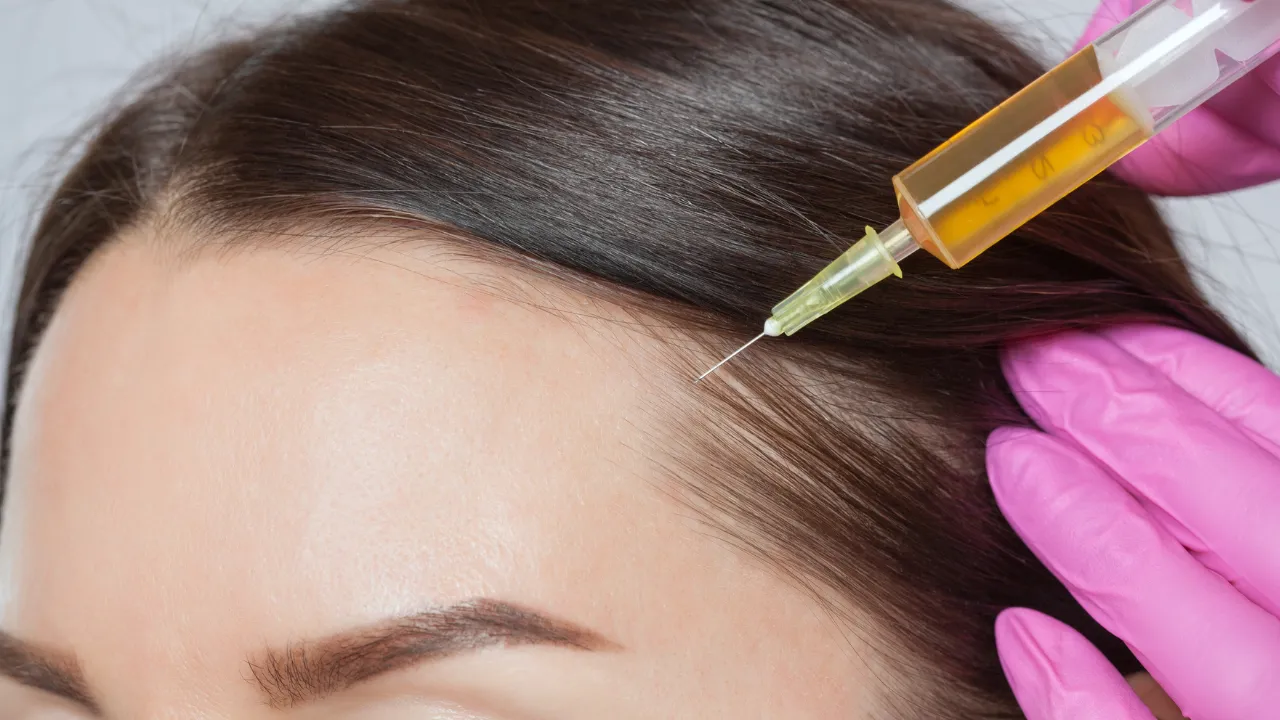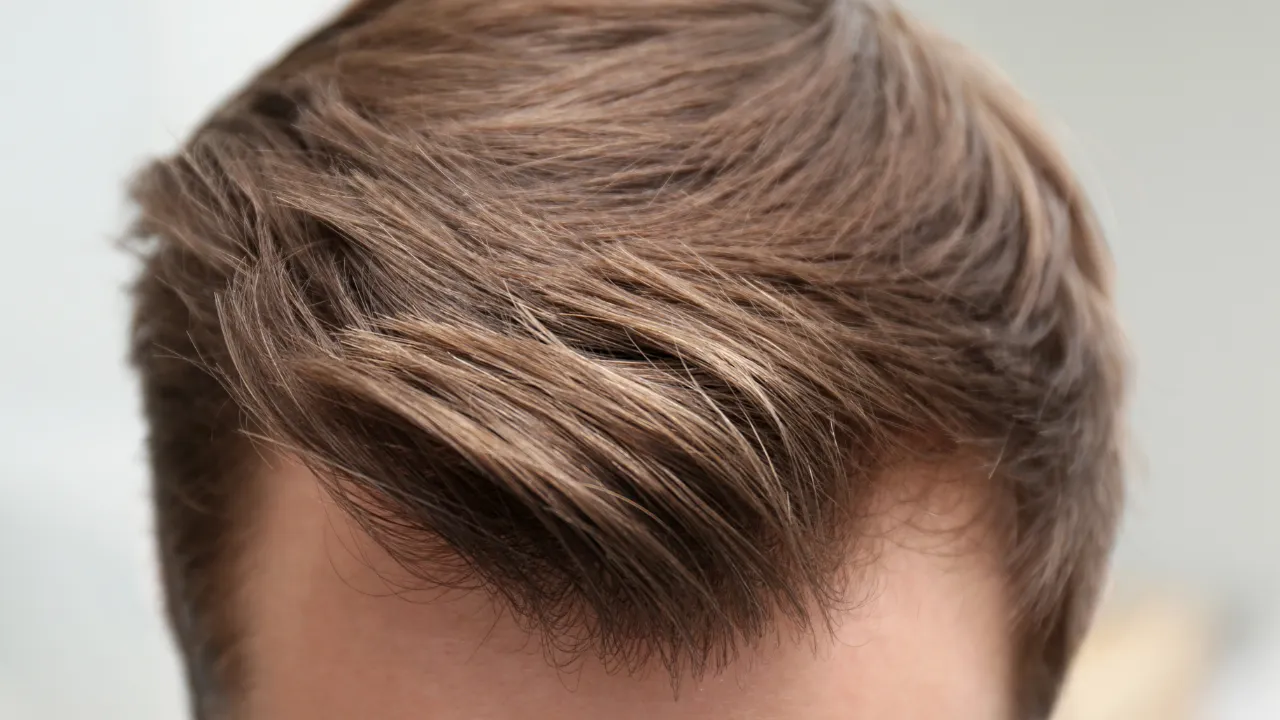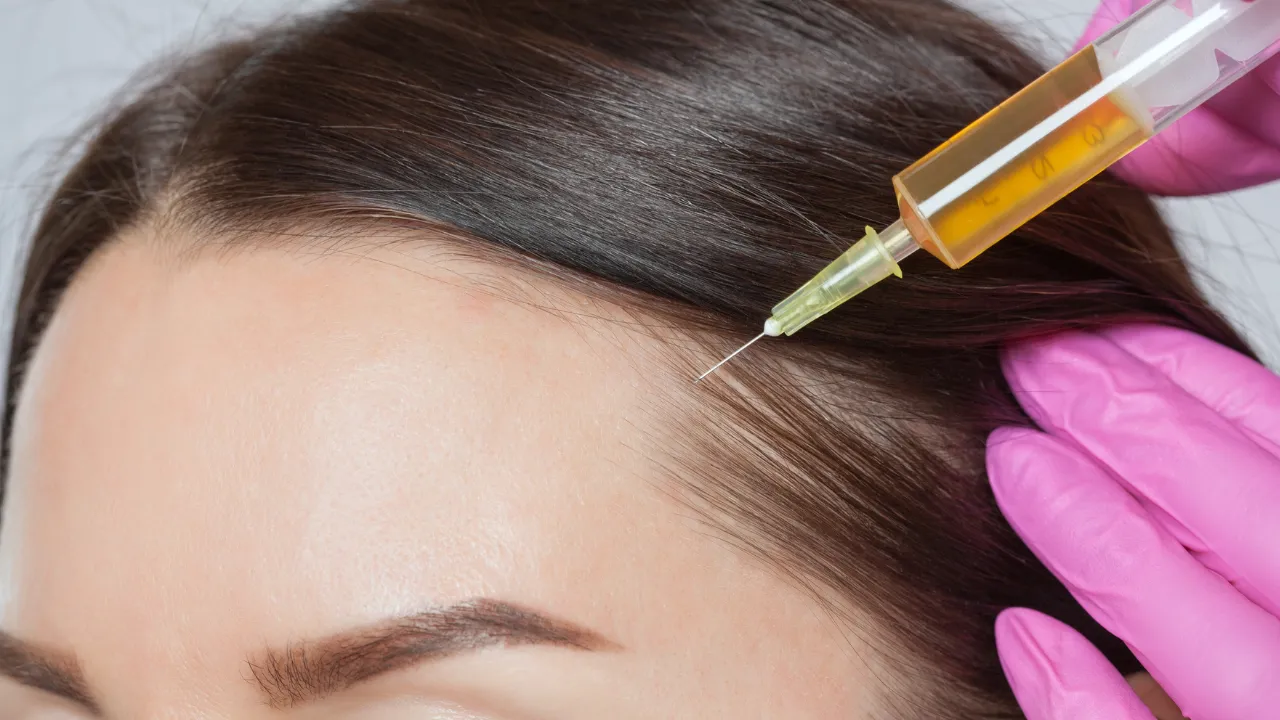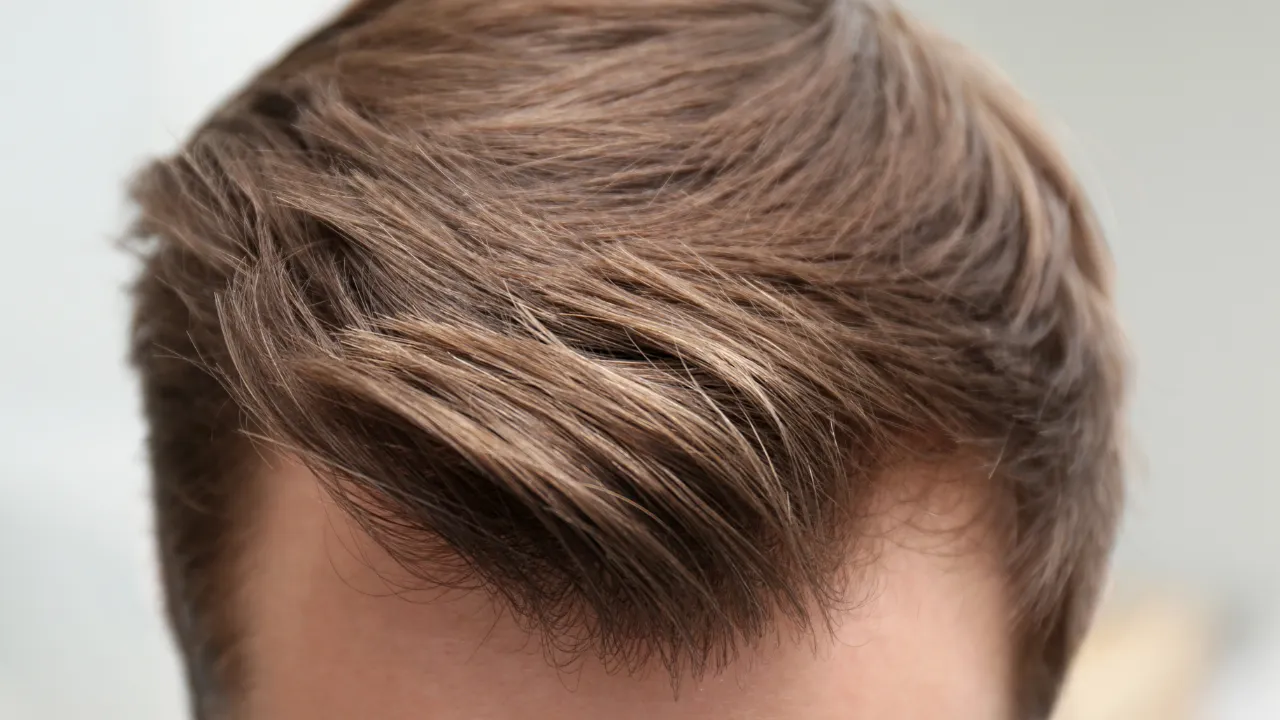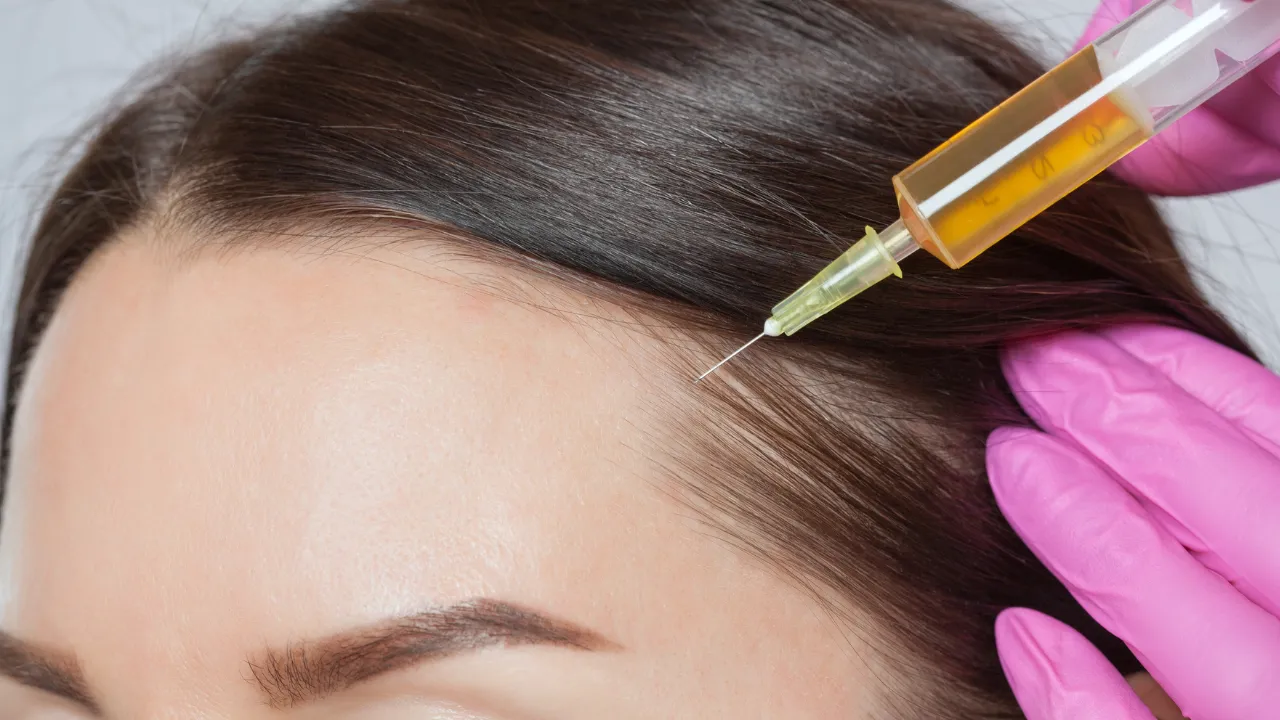Eyebrow restoration has evolved with significant advancements in both Follicular Unit Excision (FUE) and the strip method. These techniques provide improved and more natural results for those seeking to enhance their eyebrows.
An eyebrow transplant is a permanent cosmetic procedure designed to make your eyebrows appear fuller or to replace lost hair. During this procedure, a surgeon uses scalp or hair grafts to substitute your existing eyebrow hair.
A hair graft involves a surgeon removing a small piece of your scalp, typically from above your ears, which can contain between two and 15 hair follicles. Hair follicles are the structures that grow your hair.
The surgeon then transfers the hair graft to your eyebrows. After your skin heals from the surgery, your eyebrows will appear fuller, reducing the need for makeup or an eyebrow pencil.
This procedure is growing in popularity across major cities. Patients searching for eyebrow transplant in NYC or eyebrow transplant in NJ are often looking for long-term solutions like this.
Posted on
Before deciding whether to pursue a FUE Transplant with Dr Kopelman, consider what makes a good candidate:
Individuals who have lost their eyebrow hair, have a faded brow tattoo or desire fuller eyebrows might opt for an eyebrow transplant. This procedure can be particularly beneficial if you have a medical condition causing hair loss, such as trichotillomania or alopecia areata, or if you have sustained injuries like burns or scars that have affected your skin.
An eyebrow transplant provides a permanent solution for achieving fuller eyebrows, eliminating the need for makeup to fill them in. Although the procedure is most commonly sought by women and people assigned female at birth, men and people assigned male at birth also choose to undergo this cosmetic surgery.
This procedure is suitable for both men and women seeking permanent eyebrow restoration. It’s also ideal for those exploring eyebrow restoration Fort Lauderdale options.

Eyebrow restoration with FUE and strip methods, offers benefits such as minimal scarring, quick recovery, and efficient follicle harvesting, leading to natural-looking eyebrows and enhanced facial aesthetics.
This procedure is especially beneficial for individuals who have experienced trauma to the eyebrow area, resulting in scars where hair no longer grows naturally.
Many patients searching for fort lauderdale eyebrow restoration choose this procedure to conceal scars or correct patchy growth.
Eyebrow implants can help conceal these scars and fill in the hairless areas, creating fuller, healthier brows. Eyebrow transplantation is also a suitable option for those who have suffered from trichotillomania (compulsive hair pulling or plucking), which has caused permanent hair loss.
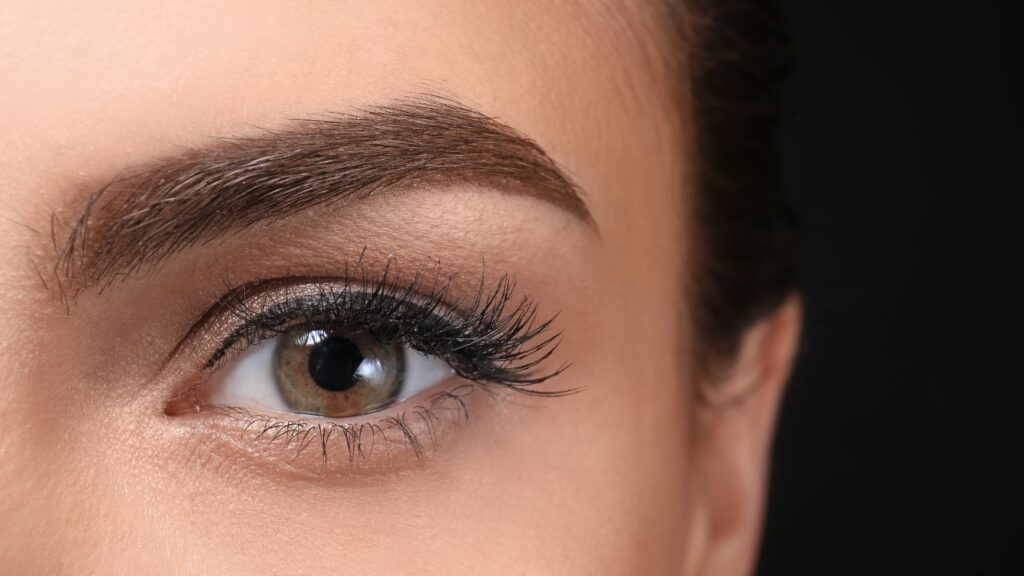
Eyebrow Transplant with Dr. Kopelman
Reviewing Medical History for Eyebrow Transplant (FUE and FUT)
Tailored Recommendations for Your Eyebrow Transplant
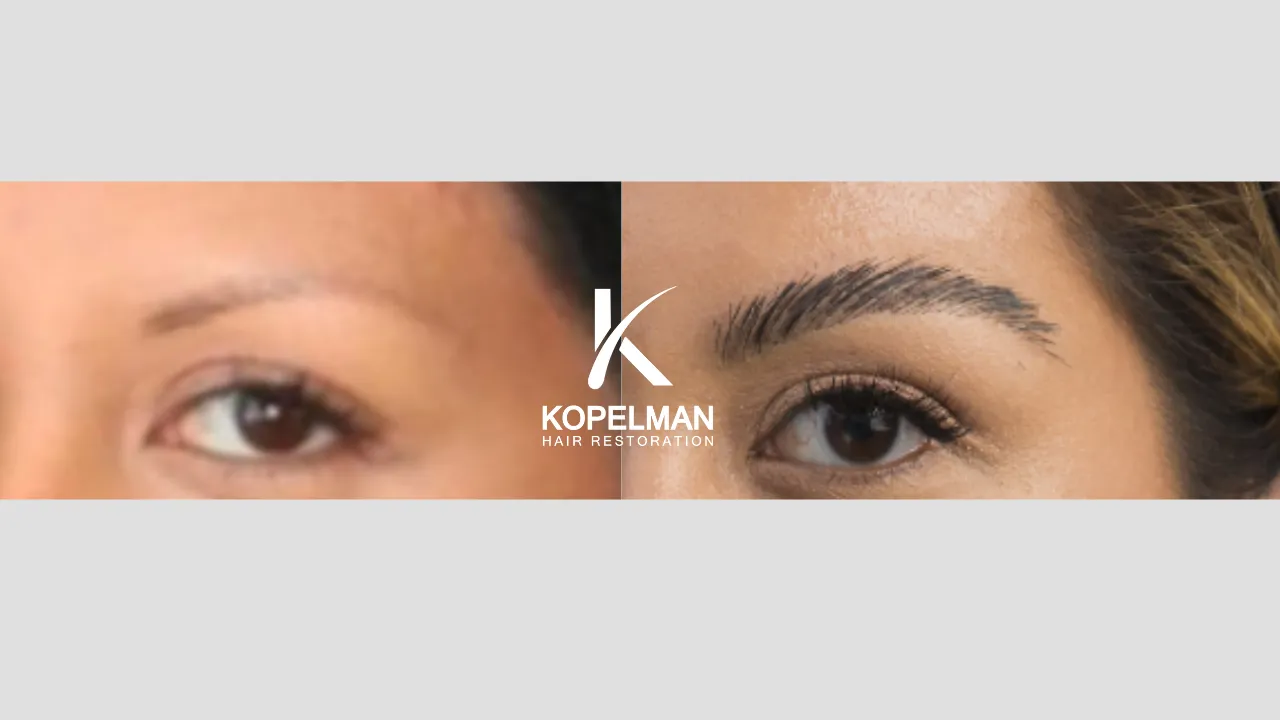

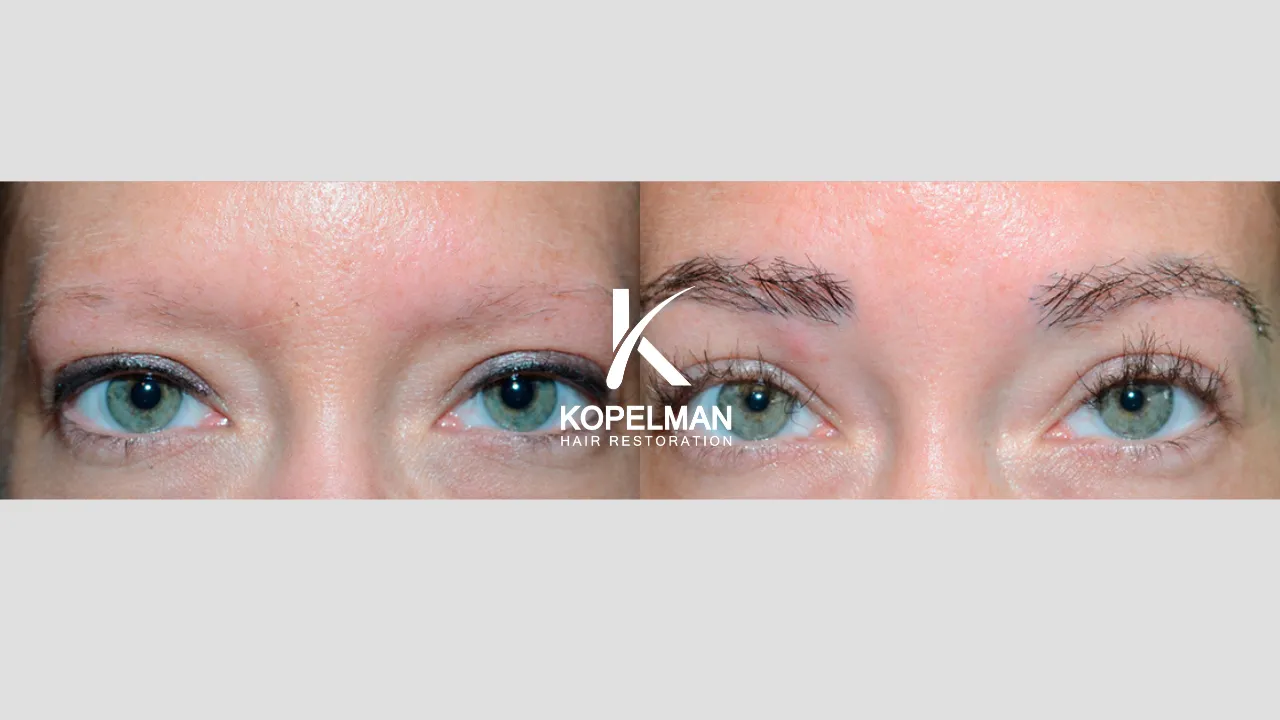
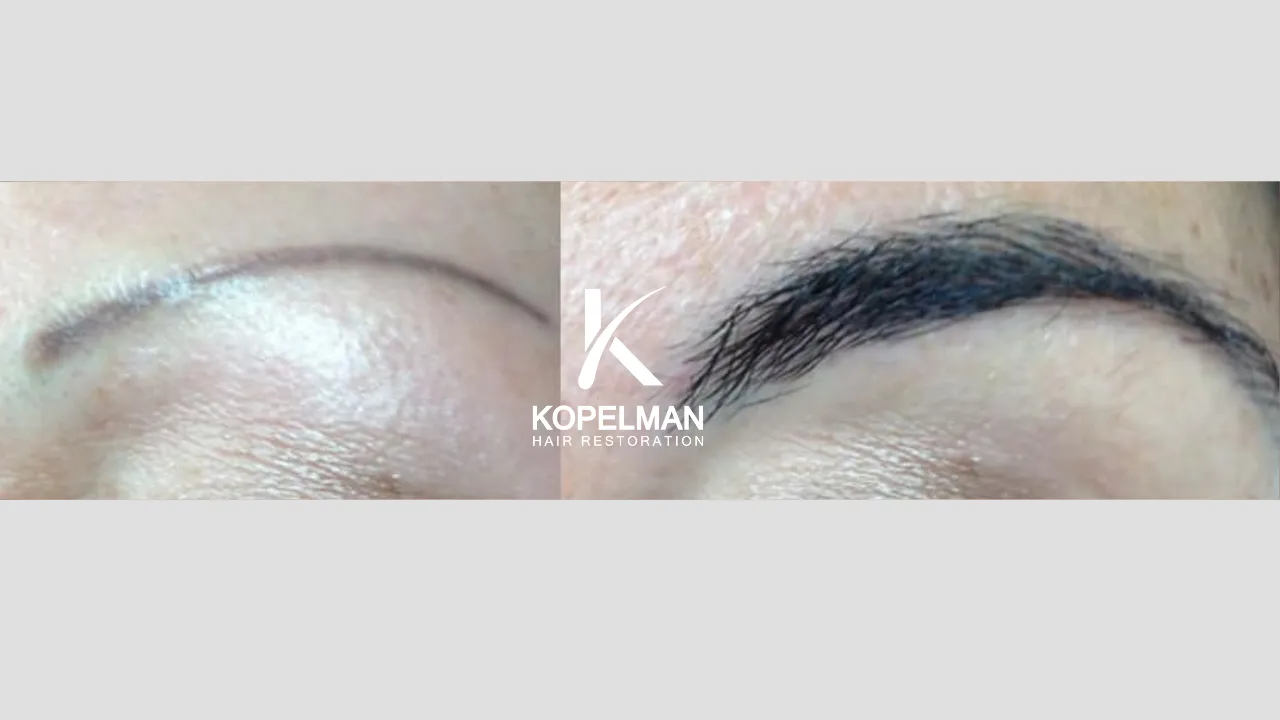
Eyebrow transplant cost will depend mainly on how much hair you’re moving, but it generally ranges from $12,000 to $18,000. Most insurance plans don’t cover it.
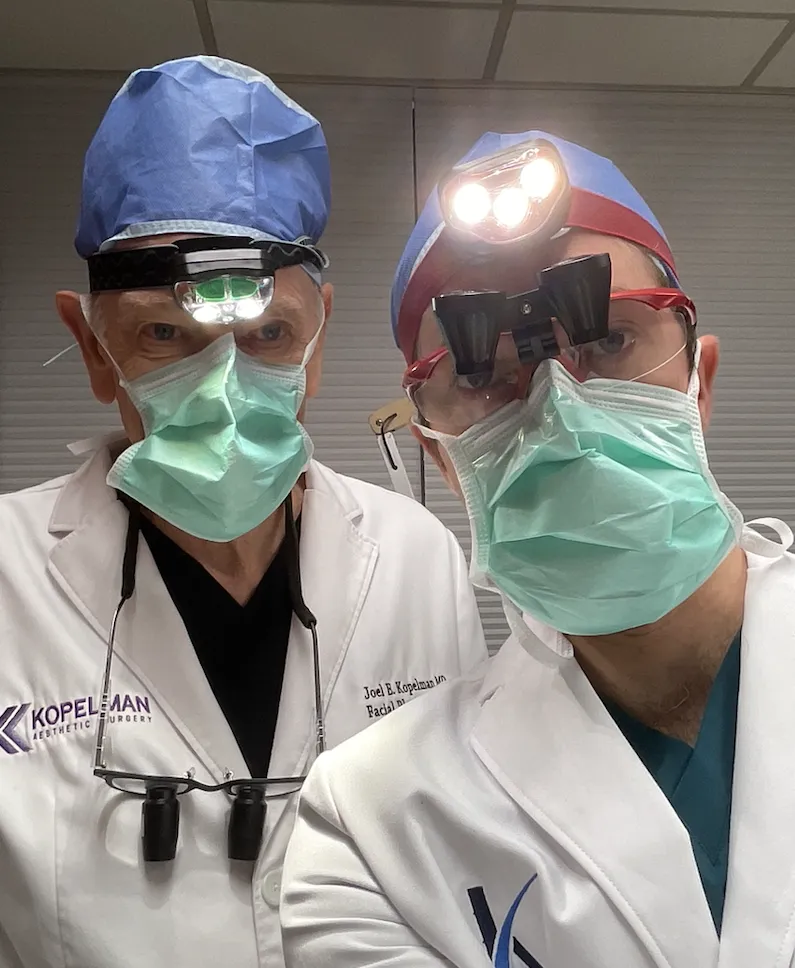
Dr. Joel Kopelman and Dr. Ross Kopelman are well-known, experienced facial plastic and hair transplant surgeons with a combined 40+ years of expertise. Dr. Joel Kopelman brings decades of experience delivering natural, transformative results, while Dr. Ross Kopelman complements this with expertise in advanced hair restoration techniques, including FUE, FUT, and non-invasive treatments like PRP therapy and mesotherapy. Together, they offer comprehensive, personalized care to ensure exceptional outcomes for every patient.
